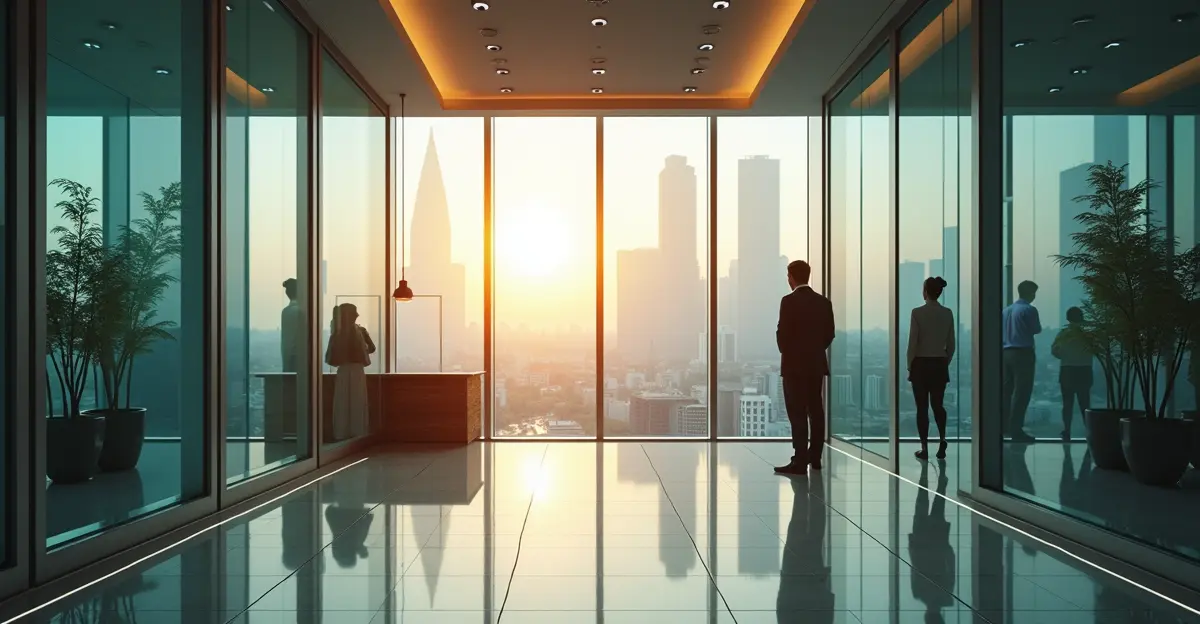
Dynamic Tinting Technology Revolutionizes Building Efficiency
Smart glass windows, featuring dynamic tinting capabilities, are emerging as a game-changing solution for reducing urban energy consumption. These innovative windows automatically adjust their opacity in response to sunlight intensity, helping regulate indoor temperatures and significantly cutting down on heating and cooling costs.
How Smart Glass Works
Smart glass technology utilizes electrochromic materials that change their optical properties when an electrical current is applied. When the sun beats down, the windows darken to block heat and glare. During cooler periods or at night, they become transparent to allow natural light and passive solar heating. This dynamic adjustment happens automatically based on environmental conditions or can be manually controlled by building occupants.
Substantial Energy Savings
Studies show that smart glass windows can reduce HVAC energy consumption by up to 25% in commercial buildings and 15-20% in residential structures. In urban environments where buildings account for approximately 40% of total energy use, this technology represents a significant opportunity for cities to meet their sustainability goals. The windows eliminate the need for blinds and shades while maintaining outdoor visibility even in tinted states.
Market Growth and Adoption
The global smart glass market is experiencing rapid growth, with projections indicating it could reach $15 billion by 2030. Major technology companies and construction firms are investing heavily in research and development to improve tinting speeds, reduce costs, and enhance durability. Recent advancements have reduced tinting times from 20-30 minutes to under three minutes, regardless of window size.
Environmental Impact
Beyond energy savings, smart glass contributes to reduced carbon emissions by decreasing reliance on fossil fuel-powered HVAC systems. The technology also improves occupant comfort by eliminating hot spots and glare while maximizing natural daylight. As cities worldwide implement stricter building efficiency standards, smart glass is becoming an essential component of sustainable architecture.
Future Developments
Researchers are working on next-generation smart glass that incorporates solar cell technology, potentially allowing windows to generate electricity while regulating light and heat. Other innovations include spray-on coatings that can transform existing windows into smart glass and integration with building automation systems for optimal energy management.

 Nederlands
Nederlands English
English Français
Français Deutsch
Deutsch Español
Español Português
Português


